Syngene International share price is currently trading at range close to its intrinsic value. This is a reasonably good company to watch out for investing.
One day I was going through a report published by Morningstar India and this name (Syngene) came to my attention. Morningstart informed that this company has strong financial health.
But to top it all, Morningstar claimed that this company is also currently undervalued.
I checked the Market Cap. of Syngene to get a better feel of this company and it was a decent Rs.10,000 Crore.
This prompted me to dig deeper into this company history and business fundamentals.
Introduction: When I entered into the website of the company, I was surprised to note that the Founder and Managing Director of Syngene is Kiran Mazumdar Shaw (Chairman and MD of Biocon).
She is a very renowned Corporate personality and is also a Padma Bhushan awardee.
Syngene is Biocon’s subsidiary. This made me more interested in Syngene International.
Biocon, Kiran Mazumdar Shaw and Family are the main promoters of Syngene. They have more than 74% holding in Syngene.
Another 8.32% of companies shares are held by Foreign Institutional Investors (FII’s).
I checked who else are there in the Top Management of Syngene. As Kiran Mazumdar Shaw is also CMD of Biocon, she must have appointed someone to align the day-to-day priorities of Syngene.
My assumption was right, Syngene has a separate CEO in form of Jonathan Hunt.
I just checked the composition of the Board of Directors, and I noticed that there are 9 members. Out of nine, five were foreigners.
Syngene International is India’s leading CRO (Contract Research Organisation).
How do they make money? They generate sales from “sale of service”.
They render service to their customers in form of “contract research and manufacturing service” and generate sales.
Syngene has three business verticals. Research and Development, Discovery Services, and Development & Manufacturing Services which generates revenues for the company.
It has its corporate headquarters in Bangalore (inside Biocon Park).
Syngene International Share Price & other details..
Syngene got itself listed in Stock market only in year 2015.
But I checked in Economic Times and I found its last 5 years data. Hence I moved ahead with my study.
In year 2013, it reported-annual-income was Rs.554.2 Crore.
In Mar’2017 (after 5 years), its reported annual income is Rs.1271.6 Crore. This means a CAGR of 18.06% per annum.
In year 2013, it reported a net profit was Rs.102 Crore.
In Mar’2017 (after 5 years), its reported a net profit (PAT) of Rs.287 Crore. This means a CAGR of 23.00% per annum.
IN FY12-13 its EPS was Rs.18.9. In Mar’2017, it reported EPS was 14.4. This means a CAGR of -5.2% per annum in a span of 5 years.
The reason for this negative EPS growth is because of the share issue in year 2015. In Mar’13 report, the number of share outstanding was 5.417 Crore. But in Mar’15, its reported share outstanding became 19.90 crore.
Since Mar’15 (last 3 financial years), there has been no further major shares increase.
In fact in last 3 years, EPS of company rose from Rs.8.8 /share to Rs.14.4/share (CAGR 10.3% p.a.).
EPS growth is not very encouraging, but I still decided to do some more number crunching (PAT and sales growth were good).
My target was to know what is the estimated intrinsic value of Syngene and how good/bad is its financial health.
Lets see how its stock price has behaved in last 2.5 years:
In Aug’2015, Syngene International share price was at Rs.326 levels.
By the Dec’16, Syngene International share price jumped to Rs.632 levels (CAGR : 60%, in just 16 months).
Today in Nov’2017, Syngene International share price is trading at Rs.500 levels.
In a span of last 11 months (Dec’16 to Nov’17) there is a price dip of -22.0%.
This is big fall in price in last 1 year, prompted me to check the business fundamentals of Syngene.
The result of my analysis is presented here for my readers knowledge…
Syngene International share price vs business fundamentals (5Y Data)
Lets talk about market price of Syngene first.
Market price of Syngene kept rising from Rs.326 levels to Rs.628 levels in a span of 16 months.
During this period (Mar’16), the company also issued fresh shares in the market. Due to which the EPS was reduced by almost one third.
But even during this phase, the market price kept its upward trend.
[It is also important to note that Reserves, Income and PAT of company has only been growing consistently in last 5 years. There has been no dips of any kind. The growth has been robust @ approx. 20% per annum.]
The price only started falling since Dec’16.
In Mar’17, the company has shown good numbers. Sales, profit, reserves all were growing. Still the market price was falling.
Share Price: falling post Dec’16
Reserves & Surplus: Continuously increasing since past 5 years (Mar’13). Growth rate has been good at 19.76% per annum.
Income (Turnover): Continuously increasing since past 5 years (Mar’13). Growth rate has been decent at 18.07% per annum.
Net Profit (PAT): Continuously increasing since past 5 years (Mar’13). Growth rate has been good at 22.99% per annum.
Equity dividend payout: The company paid dividend only in 2 years since last 5 years.
EPS: Overall increasing in EPS in past 5 years (Mar’13) has been negative (-5.28%). This happened as fresh shares were issued by company in Mar’15.
Looking at this chart it looks surprising as market price of shares kept falling even though EPS, Sales, PAT, Reserves as has been increasing.
This is certainly pointing at a fact that the current price fall has been unjustified.
This kind of unjustified price falls brings market price close to its intrinsic values.
But before making any conclusion, lets look at quarterly numbers published by the company till Sep’17.
Syngene International share price vs business fundamentals (after Mar’17)
The results of Syngene International for the first two quarters (June & Sep’17) is available in bseindia.com website.
If we will see Syngene’s quarterly results for the last 5 quarters, quarter ending Mar’17 and Jun’17 was weaker. Possible this is the reason why market has overreacted and its market price fell.
In last 5 quarters, Sensex jumped from 27,000 levels to 33,000 levels (CAGR: 22.2%).
So it means that the mood of the market was buoyant. But Syngene International share price has shown -2.81% growth.
Income (Turnover): Increasing since past 5 quarters (Sep’16). Growth rate has been slow at 2.04% per annum.
Net Profit (PAT):Increasing since past 5 quarters (Sep’16). Growth rate has been very slow at 0.58% per annum.
EPS: Increasing since past 5 quarters (Sep’16). Growth rate has been very slow at 0.36% per annum.
Considering that the growth rates of 5 quarters were slow, and quarter ending mar’17 ad Jun’17 were also weak, price fall looks justified.
But the price fall in last 11 months has been -22%. Has the market price of Syngene touched intrinsic value?
Lets do the fundamental analysis of Syngene:
Stock Analysis of Syngene International
My readers are aware that on getmoneyrich, a stock analysis worksheet is also offered for the readers helping them to learn the process of fundamental analysis of Indian stocks.
I have used this worksheet to do some number crunching for Syngene International.
Allow me to share some of my observations here.
#1. Price Earning (P/E) & Price Book value (P/B) Ratio:
P/E & P/B ratio is one excellent stock metric which gives us a quick idea of stocks current price valuation.
As a thumb rule, a stock whose P/E ratio is above 15 is considered expensive. A stock whose P/B is above 1.5 is also considered expensive.
But this thumb rule has now become obsolete.
Hence it is essential to use other, more relevant, comparator.
The stock analysis worksheet compared Syngene’s P/E with its industries (Miscellaneous) P/E ratio to get an idea about its price valuation.
The stock analysis worksheet also compared the companies P/E and P/B with its Sensex’s overall P/E & P/B ratio to get an idea about its price valuation.
The result was like this:
Compared to Industry P/E ratio, Syngene price looks at par. But compared to Sensex P/E ratio, it looks overpriced.
Compared to Sensex P/B ratio, Syngene looks very overpriced.
#2. Simple Moving Average (SMA):
Analyzing stock price based on SMA is part of technical analysis.
I personally feel comfortable in including a tinge of technical analysis in my stock research.
It gives me a better feel of how the stock price has been moving in the past as compared to today’s price.
When we look at SMA (200, 150, 50 & 30 day) and compare it with current price, the trend is very clear. The price has been gradually but very slowly increasing.
Interesting here is to check that if the current price levels is still exciting (even after the recent upward movement of price).
SMA works like a fire alarm for analysts.
If SMA is showing a growing trend, analysts become cautious about the stock price tending to become overvalued.
If SMA is showing a falling trend, analysts become cautious and dig deeper into the cause of such price fall.
To know this we will have to estimate the intrinsic value of Syngene.
#3. Intrinsic Value:
This is the heart of my stock analysis worksheet.
Though I am no expert of estimating intrinsic value of companies, but still this worksheet works for me.
It gives me a rough idea of where the current price of stock is trending (undervalued or overvalued).
Lets see how the intrinsic value of Syngene looks like:
Current market price is Rs.504.
Calculated intrinsic value by this worksheet is Rs.471.56. But as per value investing rules, the calculated intrinsic value must be applied with “margin of safety“.
Generally, the agreed price after application of margin of safety is two-third (2/3rd) of the estimated intrinsic value.
Hence: 2/3 x 471 = Rs.314.3
After application of Margin of Safety, Syngene International share price looks expensive.
But we cannot ignore this fact that in last 11 months, this stock price has already fallen by more than -22.9%.
Considering that the price trend is falling, it business fundamentals are also intact, any further price dip in Syngene will make it attractive.
#4. Overall Rating of Syngene International:
This is the best part of my stock analysis worksheet. It consolidates the results and gives a one line, clear answer.
The worksheet has analyzed Syngene International based on the following parameters.
- Price Valuation
- Business Fundamentals
- Profitability &
- Price history
Though this worksheet gives more weightage on Price valuation and Business fundamentals, but it also considers companies profitability and price history.
For Syngene International, the overall grading falls very short of good. The main reason being, its current market price is above its intrinsic value.
Only those stocks which is both fundamentally strong, and also displays undervalued market price, this worksheet will give it high grades.
The overall results looks like this:
According to the rule of my stock analysis worksheet, any stock which obtains an overall grades of 85% or more, is a good stock.
But here, Syngene has scored only 62.6%.
But I would like to mentioned here that the Business Fundamental of Syngene is good. Just because they raised the IPO in 2015, EPS of this stock has taken a beating.
This has disturbed the whole balance of Syngene. But this is minimum expected post IPO of any company.
I personally consider this company as a good long term asset.

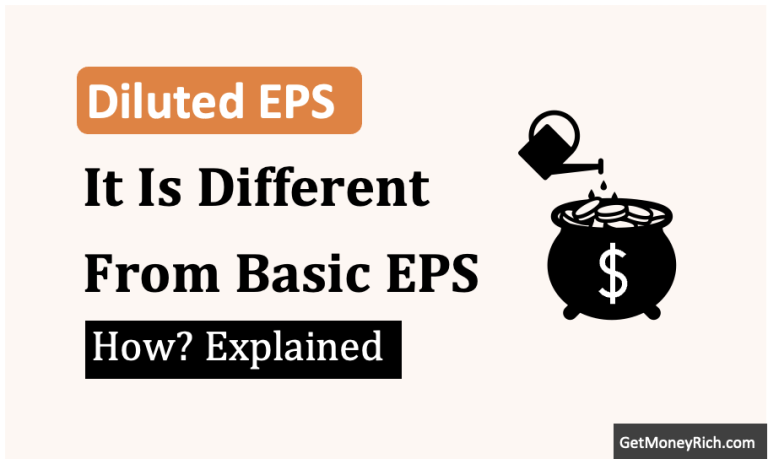
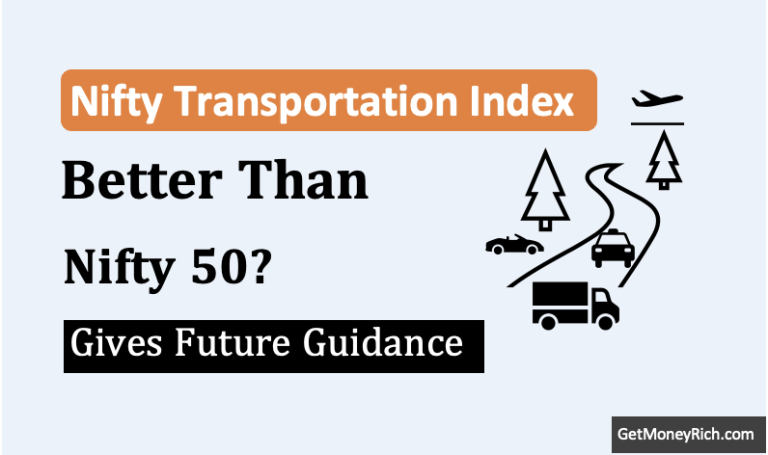
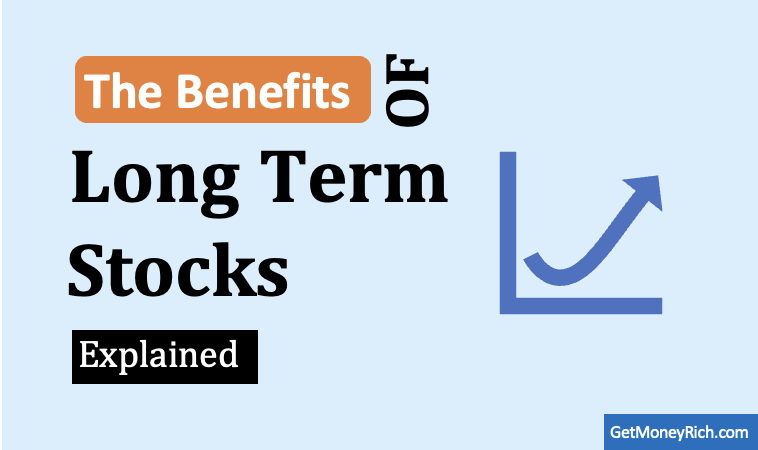
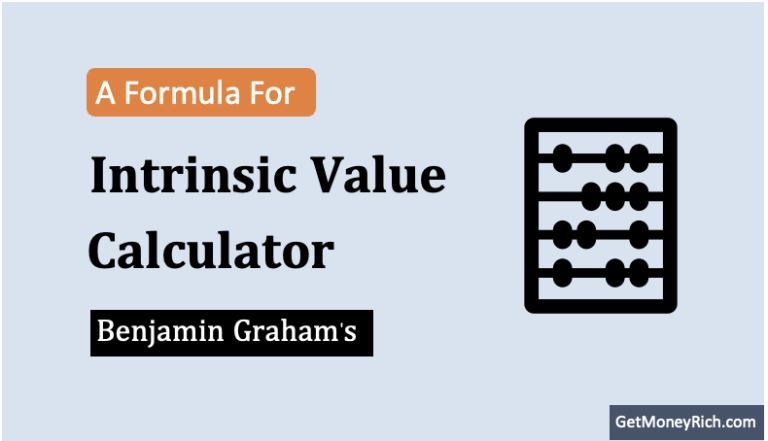
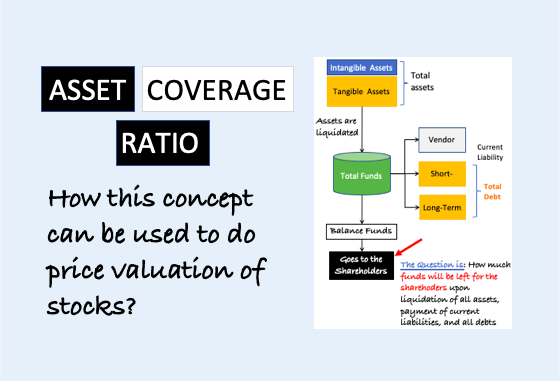
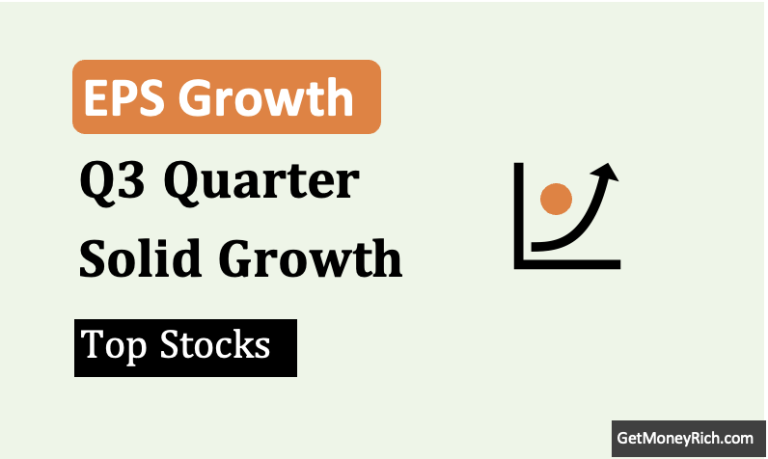
Very informative and easy to understand
Would request u to please give fundamentaly good stock recommendation as markets are down
I totally agree with your analysis of Syngene International. Very fair! I am on the same page. Your take on your blogs are fair and very logical.